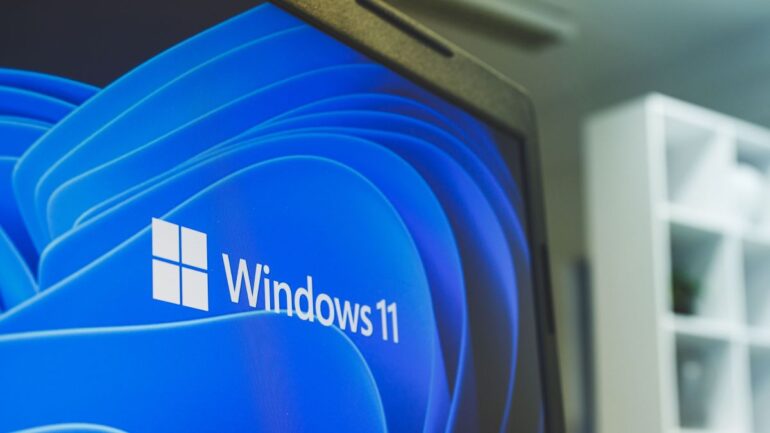TL;DR:
- Windows 11 users eagerly await the arrival of AI Copilot.
- Microsoft’s update strategy combines features from 22H2 and 23H2 in the 2023 Update.
- The release schedule is somewhat uncertain due to recent internal changes.
- Core features include AI Copilot, passkeys, voice access, and more.
- New or updated apps like Microsoft Paint and Snipping Tool offer enhanced capabilities.
- Not all features will be available at launch, leading to a somewhat chaotic rollout.
Main AI News:
Microsoft’s Windows 11 users are in for a wait as they anticipate the rollout of the AI Copilot, a highly anticipated feature. While the latest Windows 11 update brings some future features, there’s a twist – the features we expected in Windows 11 23H2 are now part of the Windows 11 22H2 update. The Windows 11 2023 Update, slated for the fourth quarter, will be the ultimate destination for these new features.
In a recent blog post, Yusuf Mehdi, Microsoft’s consumer marketing chief, unveiled the release schedule. The Copilot feature, among others, is set to become available on Sept. 26 as part of the Windows 11 version 22H2 update. However, there’s more to this shift than just semantics; it signifies a cumulative update that will bring all 22H2 features to the forefront. These Windows 11 enhancements will gradually make their way to PCs over the next few months, with Windows 11 23H2 serving as a safety net for any additional elements.
But the situation in Redmond seems a tad unusual, especially with the departure of Panos Panay, Microsoft’s chief product officer. This upheaval, coupled with scheduling uncertainty, leaves us with many questions.
In a blog post by John Cable, vice president of Windows servicing and delivery, Microsoft attempts to clarify the release timeline.
So, when can you expect the latest Windows 11 update? Carmen Zlateff, vice president of Windows, initially hinted at a Sept. 26 release during Microsoft’s fall launch. The Windows 11 22H2 update will be a controlled feature rollout, available through the Windows Update menu for those eager to receive it promptly.
However, Microsoft plans to introduce Windows 11 23H2’s components gradually over the next few weeks, complicating matters. Broad availability for most new features is expected by the November 2023 security update release.
The Windows 11 2023 Update brings significant changes to the operating system, as well as a suite of new or updated Windows apps. The core features include the AI-powered Windows Copilot, passkeys for password replacement, voice access, new Narrator voices, sensor-based presence sensing, Windows 365 Boot, AI-powered File Explorer, instant games, and an improved volume mixer.
On the app front, Microsoft Paint now boasts AI-driven background removal and generative AI art capabilities. Dynamic Lighting provides control over RGB devices, while Microsoft Clipchamp offers AI-based video editing suggestions. Snipping Tool now records audio, extracts text from screenshots, and redacts sensitive information. Photos get background blurring and enhanced search, and Windows Backup allows cloud-based backups.
So, will all these features arrive at launch? Not quite. Copilot, in particular, won’t be immediately available and will roll out to commercial customers first. Paint Cocreator and Instant Games are in preview, and game installation improvements will arrive later. Windows Backup and Restore will not be available in China.
For enthusiasts chasing the latest features, this rollout might seem chaotic. However, casual Windows users can rest assured that the updates will eventually make their way to their PCs, with Copilot being the most significant addition.
Conclusion:
The Windows 11 update strategy presents both anticipation and uncertainty for users. While core features and app enhancements promise exciting possibilities, the staggered rollout may require patience. For the market, Microsoft’s focus on AI and innovation could attract users seeking advanced features, but the gradual deployment may also lead to some frustration among early adopters.

